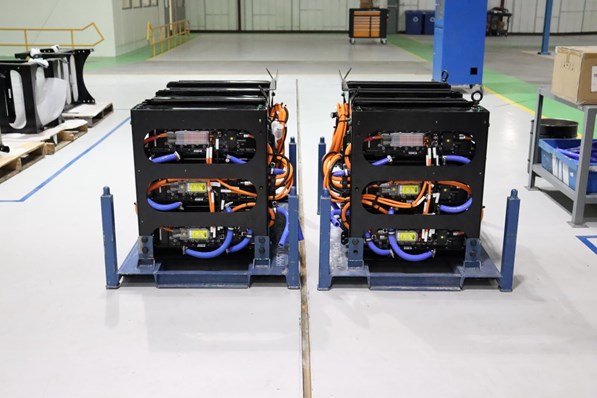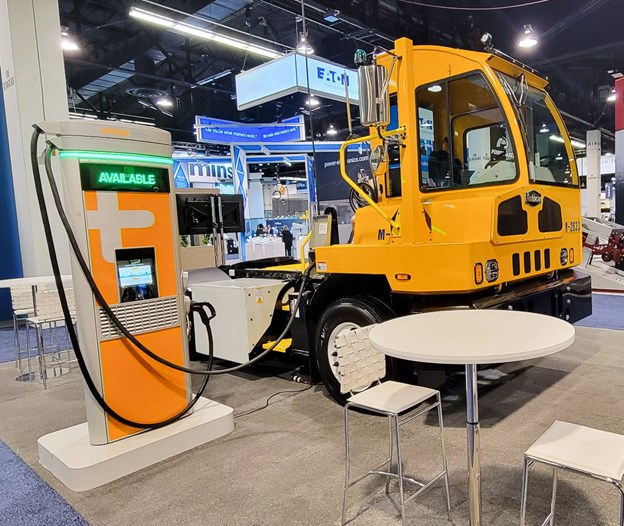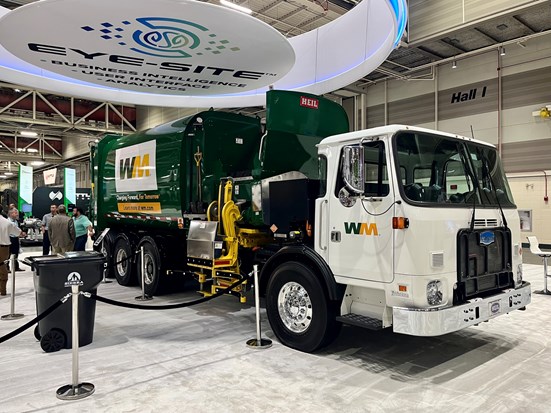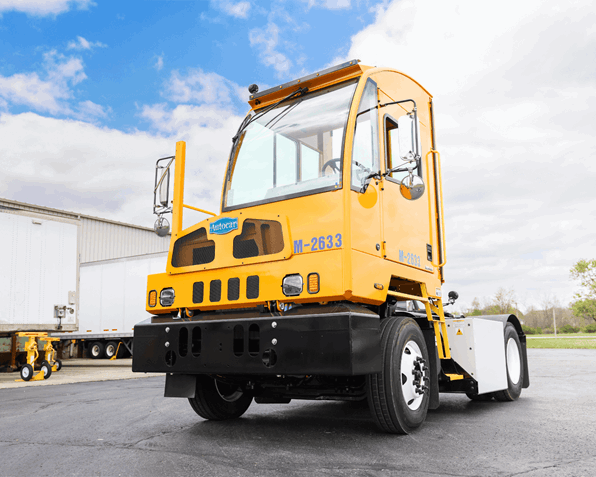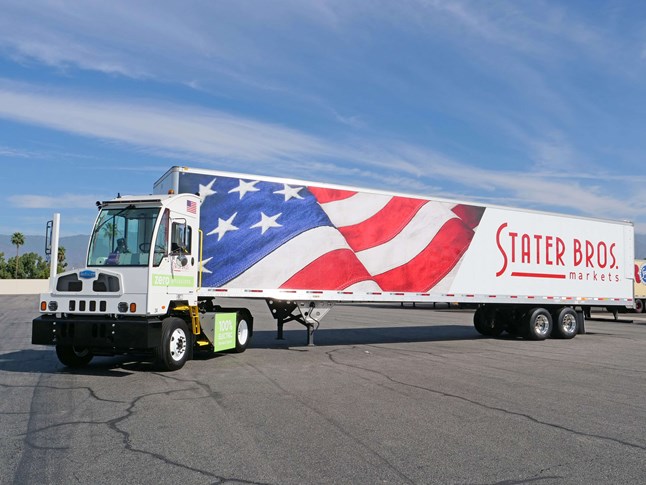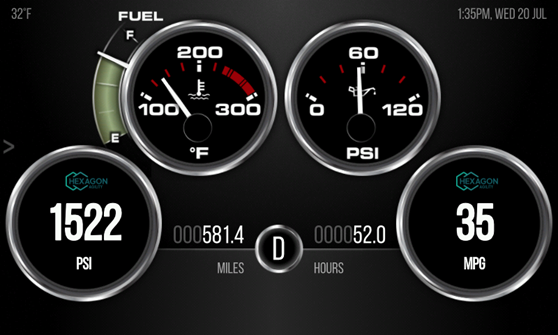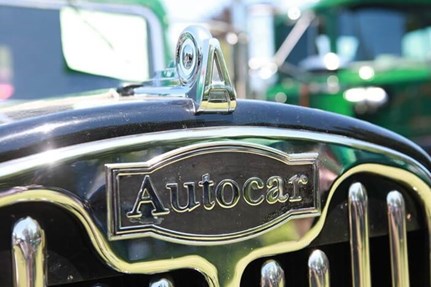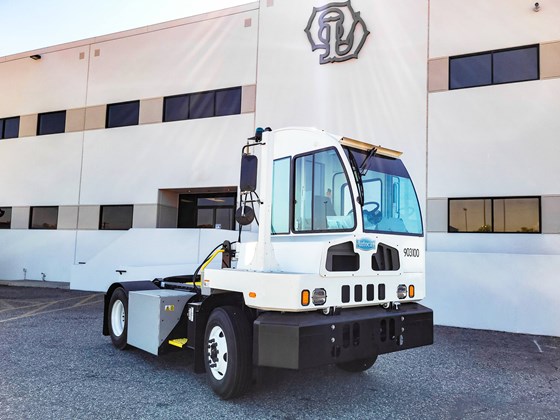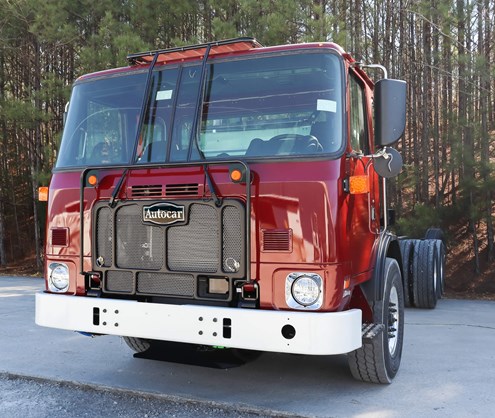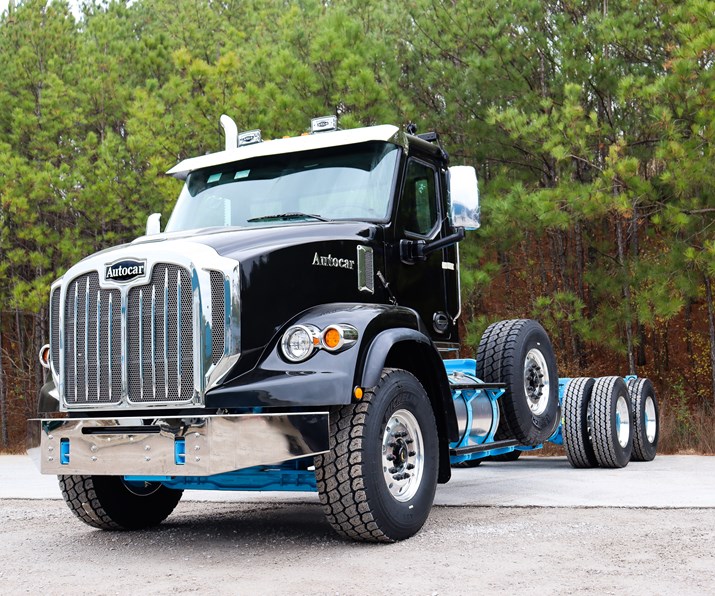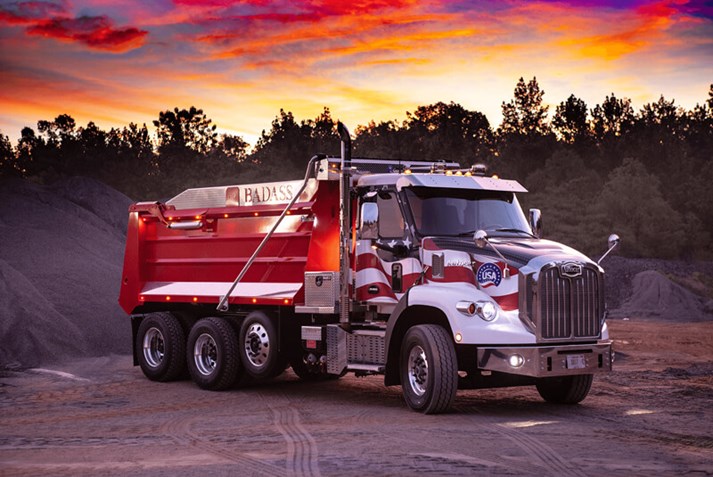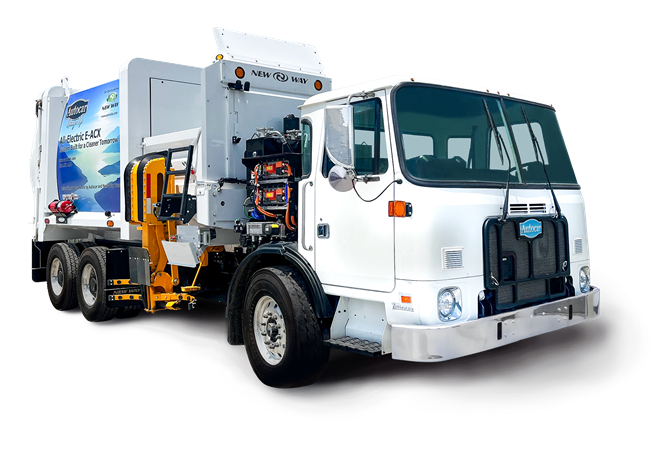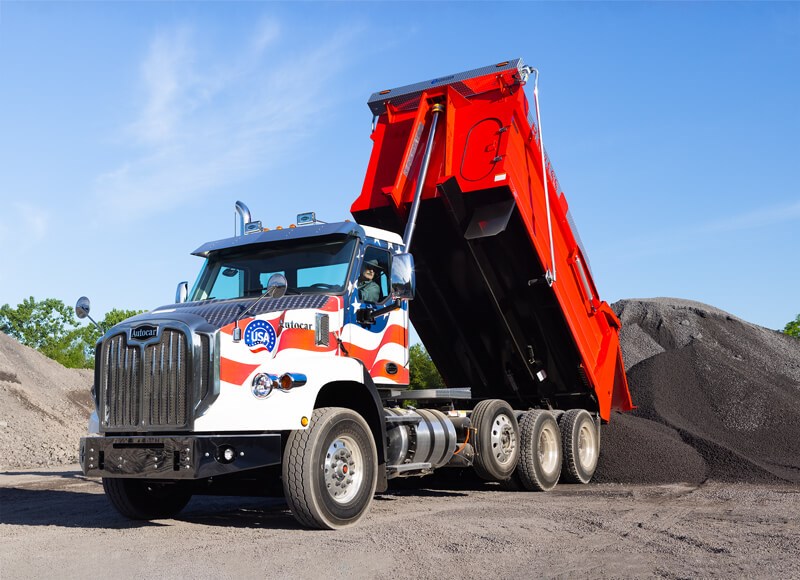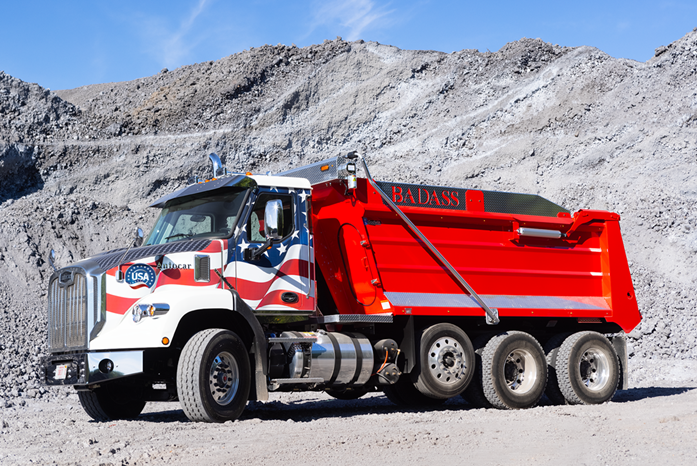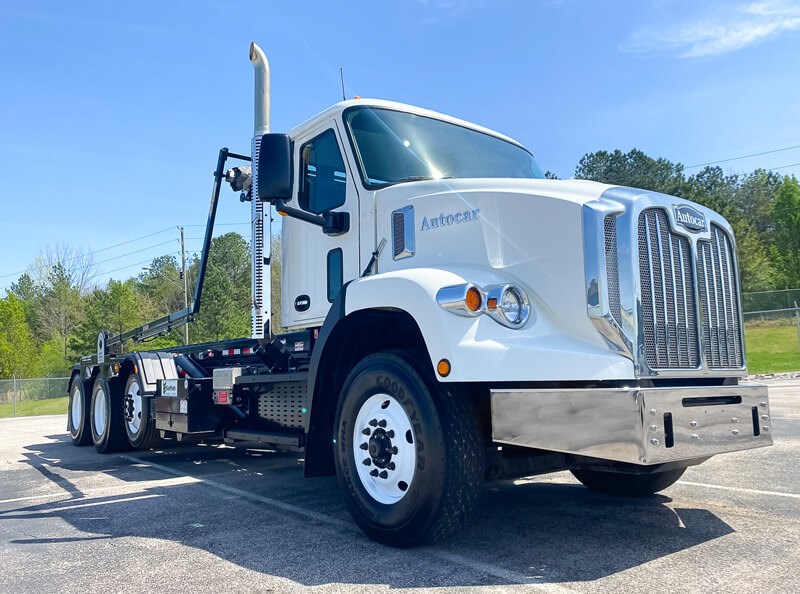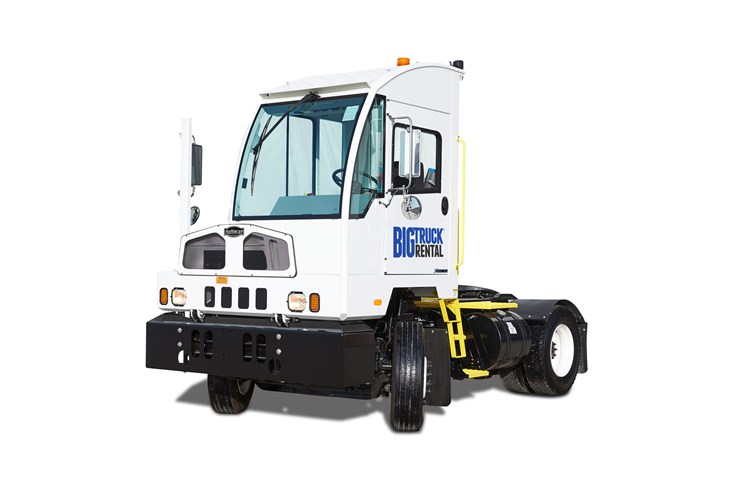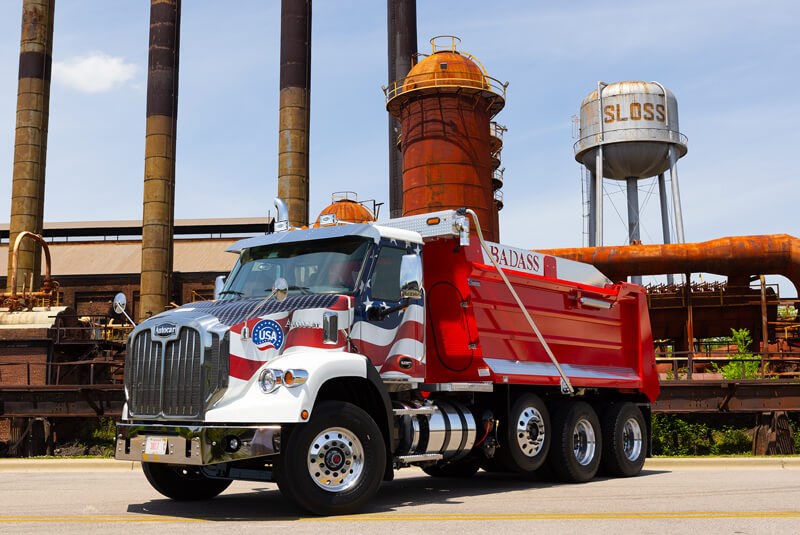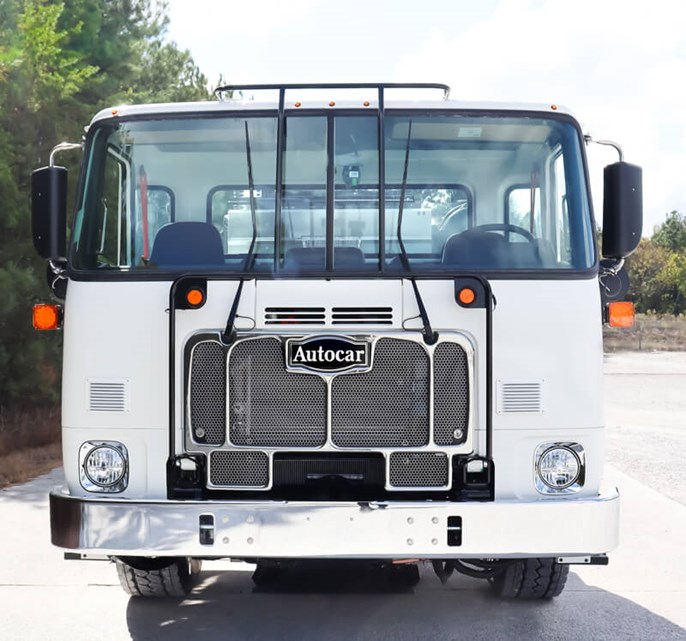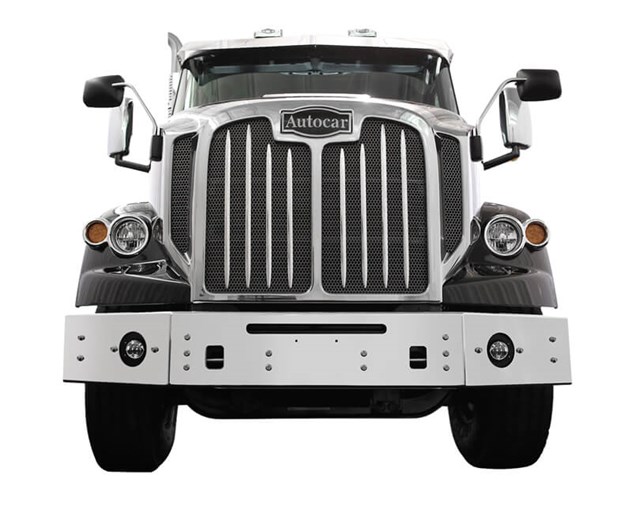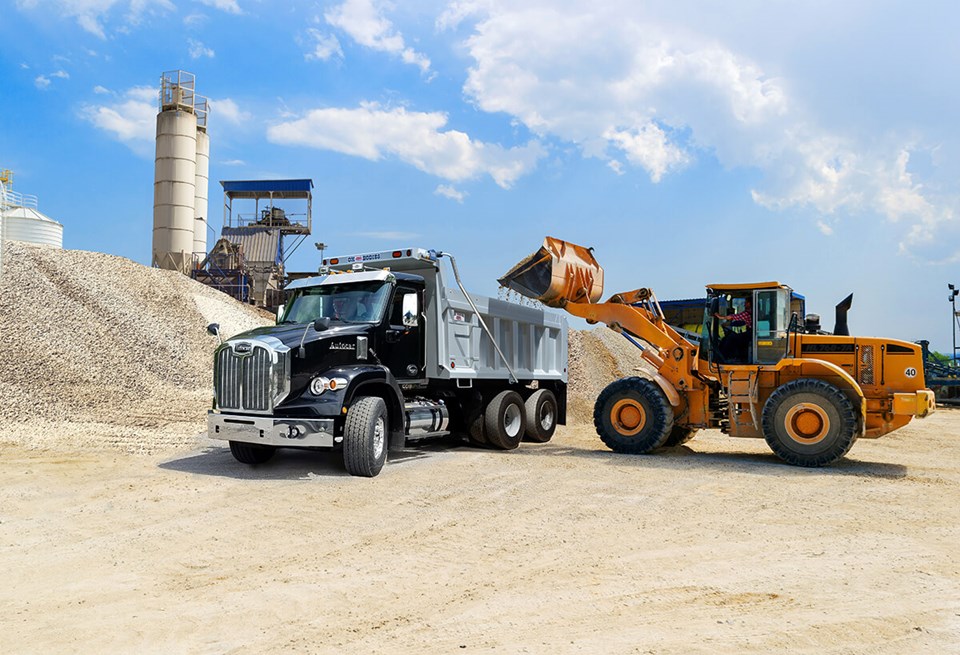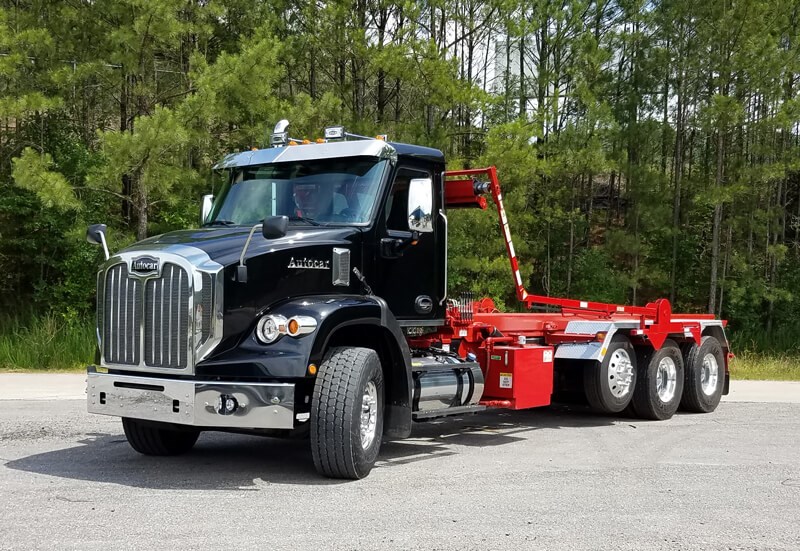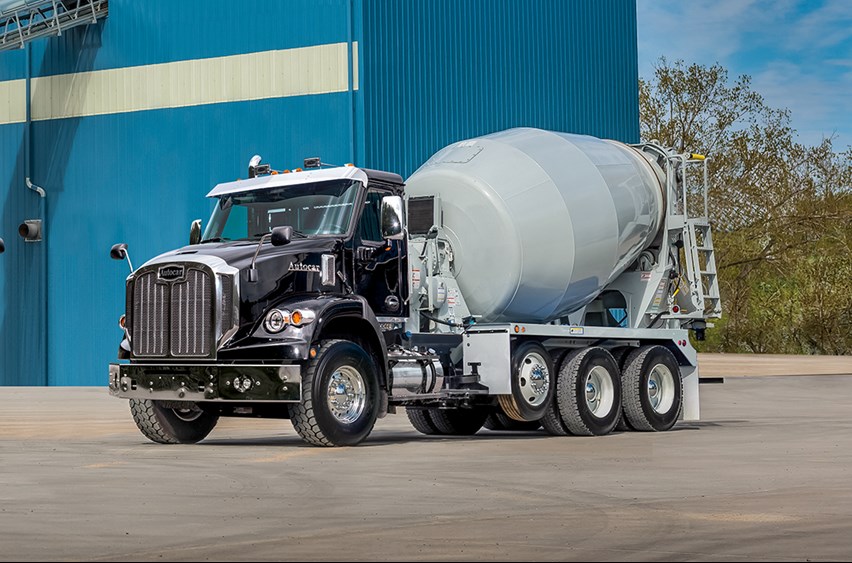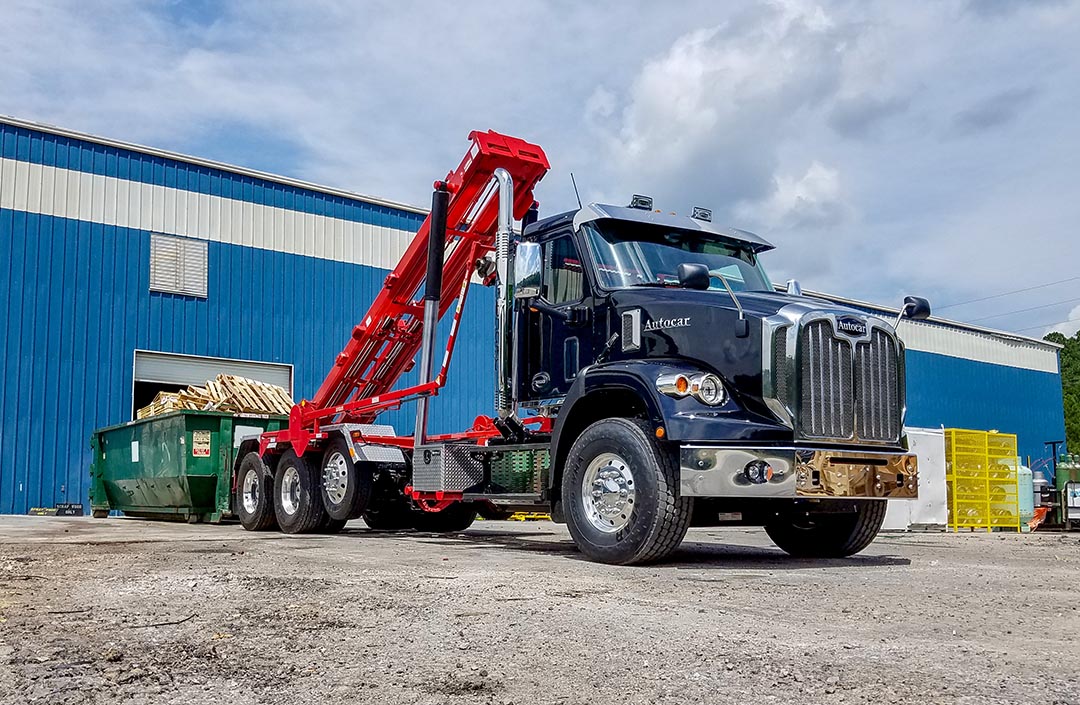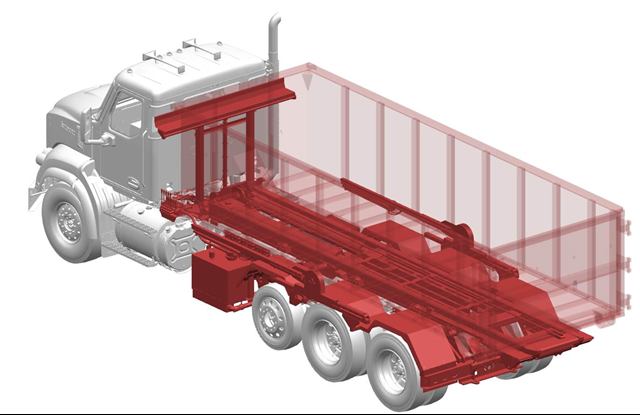In the News...
Autocar E3 saves East Lansing, Michigan 40 percent on fuel and emissions
6 June, 2016
“Going green” for any truck operation is often easier said than done—and nowhere is that more true than in municipal fleet work. The key factor, of course, is cost. The sticker price on almost any type of alternative-powered commercial truck is higher than a comparable diesel- or gasoline-fired model, so fleets, especially municipal ones, need to find ways to pay back at least some of that additional up-front expense.
The City of East Lansing faced such a quandary in 2014 when a strategic change in its recycling program opened up an opportunity to buy an alternative-powered truck.
Cathy DeShambo, environmental services administrator for East Lansing, says the city changed over to an automated recycling program (using a truck operated by a single driver controlling a robot arm to pick up and empty 96-gal. recycling cans) and adopted a green fleet policy that authorized the fleet to pay more for alternative-powered trucks compared to diesel- and gasoline-fueled models. The policy was “driven by the goals of the city’s climate sustainability plan to reduce petroleum use and ... greenhouse gas emissions from the city’s fleet,” she says.
While East Lansing focused on finding hybrid and alternative fuel options for its new refuse truck, it also needed to meet daily operational needs and it needed reliable, cost-efficient equipment so that it could continue to provide services for its residents.
How could the fleet prove that out prior to actually buying a new unit?
Solution:
East Lansing’s fleet department settled on demonstration drives. It put trucks equipped with compressed natural gas fuel systems, diesel-electric hybrid powertrains, and other models through a three-week trial under the watchful eyes of drivers and techs.
“We operate in a pretty cold climate for a good part of the year and regularly face lots of ice and snow,” DeShambo says. “We’re also a densely populated area ... so we’re not spread out. There’s a lot of stop-stop-stop by our trucks in the refuse operation.”
In November 2014, East Lansing tested an Autocar E3 hybrid-drive truck within its refuse operation—a truck powered by the RunWise hybrid powertrain developed by Parker Hannifin. The system uses hydraulics for braking and low-speed propulsion, making it particularly efficient in heavy stop-and-go work environments.
The Autocar E3 cost 30% more than a comparable diesel-only truck, but it offered several key cost-saving benefits: Fuel consumption was reduced 40-50%, basically doubling the fuel mileage of a traditional trash truck, and brake wear was reduced to the point where brake pad replacement could be extended out to between three and five years.
DeShambo says that the hydraulics also reduce wear and tear on other critical parts, increasing their life expectancy.
Overall, Autocar estimates those savings typically help a refuse fleet recoup the sticker price premium paid for an Autocar E3 truck in 3.5 to 4 years.
She also points out that the city would never have been able to get a realistic feel for such cost savings by just having a truck for a day or two in limited use.
Published in Fleet Owner Magazine, June, 6 2016
